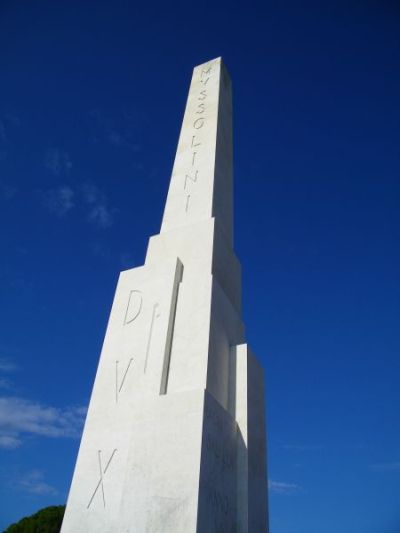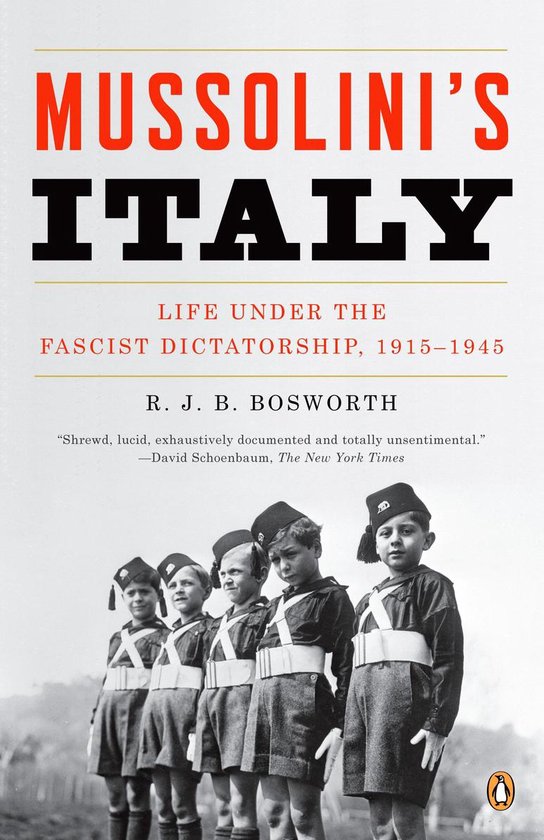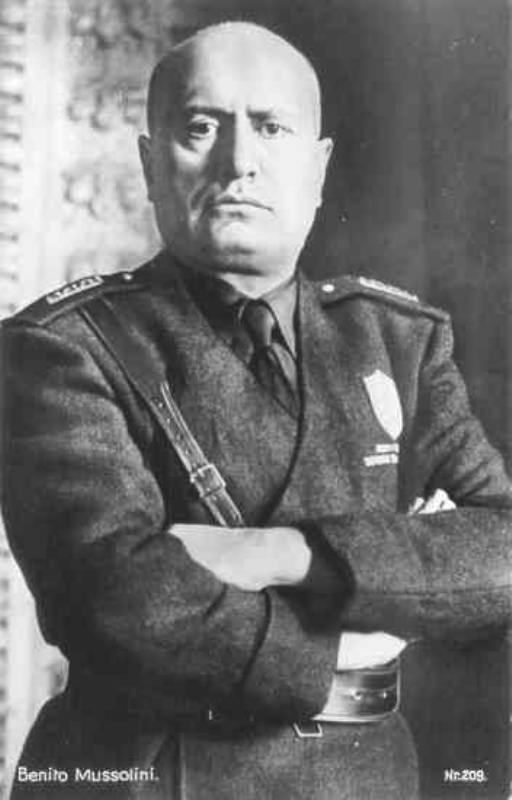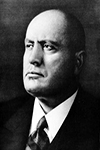Italian Forum
The "Foro Italico" was build as "Foro Mussolini" and was one of the most important prestigious objects of the Italian Fascism. The Foro is a large sportcomplex that was build for the Olympic Summergames of 1940 that were to be held in Rome (The outbreak of World War Two prevented these games to take place). The complex houses the Olympic Stadium, an Olympic Swimming pool and several other buildings for sports and housing the athletes.
The architects Enrico del Debbio ans Luigi Moretti were asked by Mussolini to create a sphere that would be greater then the Fora of Ceasar and Augustus. This way the Foro Italico was to be an example for the propaganda use of Sports to the Fascists as the 1936 Olympics were to the Germans.
Besides the sporting buildings and the Mussolini Obelisk in the foro is a gallery with 60 marble statues and a mosaic with the texts DVCE („Leader"), DVCE A NOI („Our Duce"), MOLTI NEMICI MOLTO ONORE („Many enemys, much honor") en DVCE LA NOSTRA GIOVINEZZA A VOI DEDICHIAMO („Duce, we give you our youth").
The Ponte Duca d'Aosta bridge was the entrance to the complex.
The name "Foro Italico" was given after the falling of the Mussolini Government in 1944.
Mussolini Obelisk
This only modern obelisk in Rome was erected by Mussolini himself and bears the words "MVSSOLINI DVX" („Mussolini, the Leader") and the marking of the Italian Fascists. This "Obelisco di Mussolini" stands in the centre of the Foro Italico, which was originally known as the Foro Mussolini.
The obelisk is erected out of Carrara-Marble and weighs as estimated 300 tonnes. At the top a golden point is fixed.
After the Second World War, all memorabilia to Mussolini were removed. It was impossible to delete the writings on the 17,40 metres high memorial and so it stayed as the only public commemoration to Benito Mussolini.
Do you have more information about this location? Inform us!
Source
- Text: Wilco Vermeer
- Photos: Lennard Bolijn (1, 2), Patrick Vermeer (3)
Related books
Nearby
Museum
- Napoleonic Museum of Rome - Roma
- Mussolini's Villa Torlonia - Roma
- Museum Granatieri Di Sardegna - Rome
Point of interest
Monument
- Memorial Bomb Attack Nasiriyah - Roma
- Memorial Alpine Corps - Roma
- Memorial Mario Felicioli, Renzo Giorgini, Alfredo Mosca, and Alfredo Pasqualucci - Roma
Cemetery
- French War Cemetery Rome - Roma
- Saint Peter's Basilica - Vatican City
- Tomb of the Unknown Soldier - Roma








